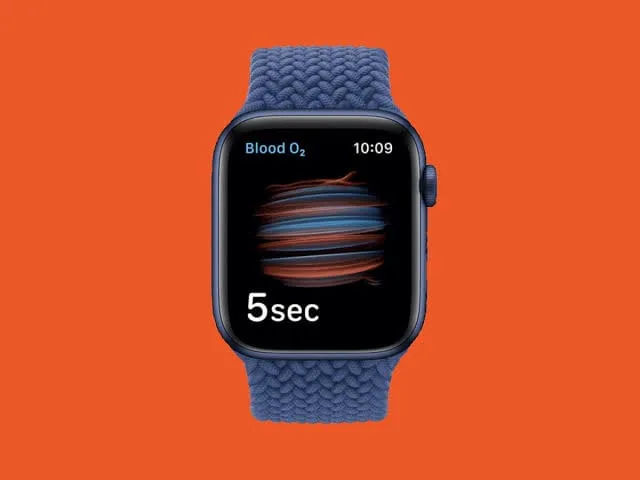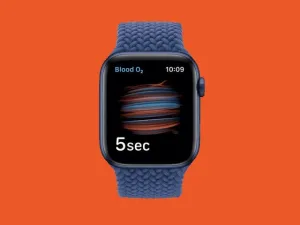
How the Updated Apple Watch Blood Oxygen Feature Works

The Apple Watch once again offers blood oxygen monitoring, but the experience is a little different this time. Starting today, a new software update is rolling out for the Apple Watch Series 9, Series 10, and Ultra 2. The process has moved from the watch to the connected iPhone, which now manages both measurement and calculation.
This means you won’t see your oxygen levels pop up on the watch itself anymore. Instead, the results will quietly appear in the Health app on your iPhone, tucked away in the Respiratory section.
The change only affects Apple Watches sold in the United States after January 17, 2024 — the day the US International Trade Commission’s import ban fully kicked in. If your watch was bought before that date, or outside the US, it will keep the original on-device monitoring. A quick way to check if yours is impacted is to see if the serial number ends with “LW/A.” If it does, you’ll need to install watchOS 11.6.1 along with iOS 18.6.1 to get the redesigned feature.
This adjustment isn’t just a technical choice it’s Apple’s way of sidestepping an ongoing legal battle with Masimo, a medical technology company best known for its pulse oximeters. Masimo has accused Apple of infringing on its patents and stealing trade secrets, taking the fight to court back in 2020. By 2021, the case reached the ITC, which led to the December 2023 import ban on certain Apple Watch models.
Apple has pushed back, filing its own lawsuits and even accusing Masimo of copying the Apple Watch. The tech giant has also submitted a lengthy, 916 page appeal in hopes of overturning the ban a process still in motion. For now, Masimo’s patents remain valid until 2028, keeping the dispute alive for the foreseeable future.







